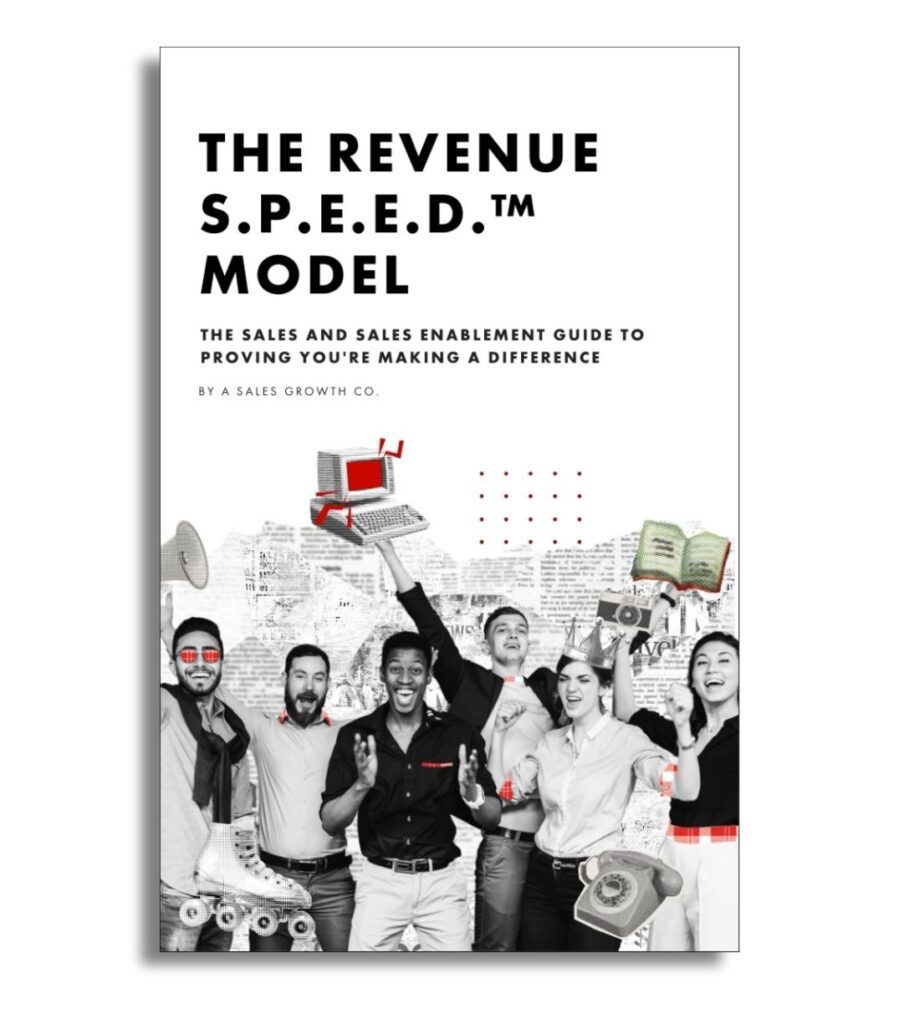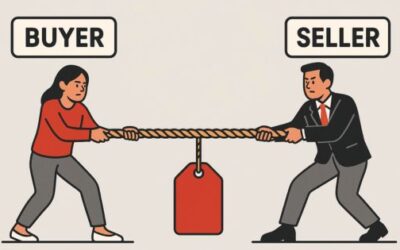Enablement, sit up and take notice. Replicate Labs just released a new study, and the findings should raise some serious red flags for how your teaching efforts are being perceived.
In their study, Replicate surveyed 6,000 participants that included sales representatives, leaders, and enablement professionals. They dove into various aspects of sales training including frequency, style, and impact. The results? They uncovered some alarming disconnects that should have every enablement professional concerned.
25% of Sales Leaders Question Enablement’s Value
The most shocking finding? 25% of leadership and sales management believe that rep productivity would improve if all enablement efforts were discontinued. Yes, you read that right. A quarter of sales leaders see negative value in enablement and its impact on sellers.
Why this shocking lack of faith?
It’s how most enablement teams are measured. Replicate found that the two most common success metrics for enablement are participation numbers and surveys. While these have their place, they fall incredibly short as key performance indicators for enablement effectiveness.
Leadership and management are judged by one thing – revenue. Participation and survey numbers don’t connect to revenue in any way. You can’t explain revenue numbers with answers to “How likely are you to recommend this training to a peer?”
ASG’s conversations with enablement leaders have confirmed this disconnect. Unfortunately, enablement struggles to connect their success criteria to leadership. We’ve spoken to enablement team who can’t provide basic sales performance metrics like win rates, quota attainment levels, average deal sizes, or sales cycle lengths. Without knowing this information, how can we demonstrate how their training and workshops impact these crucial metrics that sales leadership cares about?
Enablement must start tracking and benchmarking this information ASAP. Without it, they’re sitting on the chopping block whether they recognize it or not.
Proving Sales Enablement’s Impact
These findings were precisely why we developed the Revenue S.P.E.E.D. Model. We’ve identified three distinct layers of a well-run sales organization and pinpointed the levers enablement can pull to measure and improve seller skillsets while demonstrating clear value to leadership.
Let’s break it down starting with the skills layer.
Foundational Selling Skills
1. Establish a common methodology
We can’t effectively measure 10,20, or 100 reps if they’re all freestyling their sales approach. A common sales methodology is crucial and it must include clearly defined buyer input data that drives a deal forward (more on that later).
2. Create a Comprehensive Learning Environment
Roll out a company-wide Learning Management System (LMS) where reps can access training materials on demand. This system must include testing. Surveys and participation numbers only show that reps have seen the material – not that they’ve internalized it. Assessment is key to understanding.
3. Buyer Input Data
What information, obtained directly from buyer, best predicts deal closure? Focus on problem-related data not the product information or any of the traditional information. It’s not budget, timing, economic buyer, or the buying process. It’s the problem elements that highlights how the cost of inaction is larger than the cost of action.
Opportunity Layer: Measuring Skills in Action
With an LMS and training schedule set, reps are beginning to apply their new skills. Now, measure how effectively trainings have been implemented.
1. Revamp the CRM
Forget presets or traditional CRM setups. We need custom fields that align with our methodology and incorporates the buyer input data we’ve identified. This allows us to implement an opportunity scoring system based on the quality of buyer input data obtained by the rep. Managers can now quickly identify which deals need the most attention.
2. Implement Regular Pipeline Reviews
Establish a consistent schedule and system for pipeline reviews. Ask the tough questions: What’s the real health of each rep’s pipeline based on data? Are there low-scoring deals cluttering the pipeline that need to be cut loose? The S.P.E.E.D. model pipeline review prevents artificial inflation and provides an accurate assessment of pipeline health.
3. Conduct Rigorous Deal Reviews
Focus on facts, not feelings. Coach managers to probe why sellers believe a buyer will purchase and coach them on missing information crucial to moving the deal forward. Key questions: What’s the actual next step? What has the buyer committed to? What potential obstacles could appear? What problem is the buyer trying to solve and can we solve it? Avoid vagaries like “they don’t have our product” in you “why should they buy” fields.
4. Start Scoring Your Reps
Leverage the concrete success data available in sales. Each individual, team, and organization should have scorecards tracking key metrics like win rates, quota attainment, and average time to close. Showing improvements on these scorecard is where enablement can truly demonstrate their value.
Forecast Layer
Imagine a world where sales forecasts are 90-95% accurate. Picture the impact on your leadership if they could predict revenue with that level of precision. Now, envision yourself as the person delivering this information. Want to prove your worth? Make this vision happen.
Here’s how:
1. Define Clear Forecasting Criteria
Cut the fluff. Establish what can and can’t be forecasted. Create specific and measurable criteria that qualify an opportunity for the forecast. This is foundation for accuracy.
2. Leverage Historical Data
Analyze past successes and failures. What information did closed won deals have that lost deals didn’t? Compare current forecast deals to this information. Are there similarities or red flags?
3. Track Accuracy at all Levels
Monitor forecasting accuracy for each rep, team, and the organization as a whole. Who’s hitting their mark? Whose accuracy is slipping? This data pinpoints where additional training or analysis may be needed.
Speak the language of leadership
By implementing these layers, enablement not only protects it’s position – it’s starts communicating in terms leadership understands and values. Move past feel-good metrics and start presenting irrefutable data that demonstrates real impact:
- Show how win rates have improved since implementing a new method or specific training
- Highlight increases in deal sizes tied to newly identified Buyer Input Data
- Demonstrate how AND why sales cycles are shortening.
Bottom line: enablement, it’s time to step up. Your role is crucial, and now you have the tools to prove it. Use data to drive decision, improve performance, and demonstrate your value to the organization.



0 Comments